Drug shortages in the United States, which have halted life-saving treatments for millions of patients, have now reached an all-time high, according to newly released data.
There are currently 323 medications are in short supply throughout the countrythe most since 2001, when records began.
Access to these limited medications can mean the difference between life and death for millions of patients who rely on antibiotics, cancer treatments, injectable diabetes medications and more.
The shortage is said to be due to a lack of financial incentives among pharmaceutical companies, because the production of certain drugs does not generate large profits.
In many cases, demand for certain medications like Ozempic for obesity has outstripped already limited supply.
About one in three – one of three U.S. hospitals said they have had to skip, delay or prescribe fewer medications to patients than needed due to a lack of supply, while up to 99 percent of pharmacists have experienced the strain firsthand.
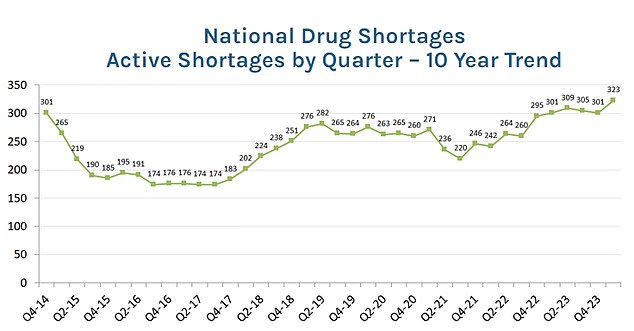
The American Society of Health-System Pharmacists reported that drug shortages currently affecting the U.S. have reached their highest level in 23 years.
Your browser does not support iframes.
Experts have been warning for years about vulnerabilities in the pharmaceutical supply chain.
Problems may include a shortage of a key ingredient harvested abroad, a failure in the shipping process, or regulatory or quality problems at the factory where the drug is manufactured.
Natural disasters can also affect the supply of medications that reach hospitals and pharmacies.
For example, a tornado destroyed a Pfizer pharmaceutical plant in North Carolina last summer. destroying the warehouse which stored raw materials for medicines, including morphine and anesthetics.
The United States has also seen huge increases in demand for certain obesity medications, hormone therapies used in gender-affirming care, and unprecedented demand for ADHD medications such as Ritalin and Adderall.
FDA monitoring shows there are shortages of numerous life-saving cancer drugs, including cisplatin, carboplatin, and methotrexate. The shortage of these drugs has lasted more than a year.
In 2023, a survey of 27 cancer treatment sites in the US found that 93 percent were experiencing a shortage of carboplatin and 70 percent reported a shortage of cisplatin.
About 49 percent of Americans facing shortages have been forced to delay or completely forgo treatment for their conditions, 24 percent have suffered negative health consequences, and 32 percent have experienced mental distress.
While deaths related to the current shortage have not been counted, experts suspect there will be deaths.
A severe drug shortage in 2010 was responsible for at least 15 deaths, either because the drug was not available or because patients could not get the correct dosage.
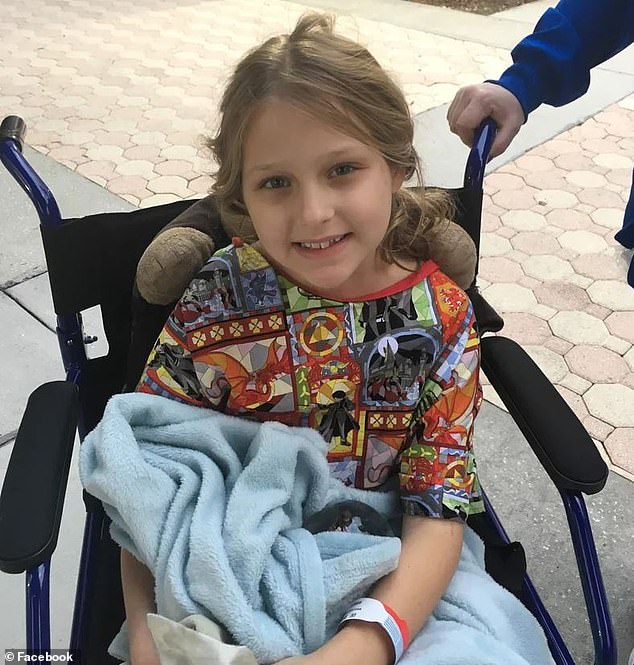

Abby Bray, nine years old at the time, was being treated for leukemia before the hospital ran out of the medication she depends on to survive.
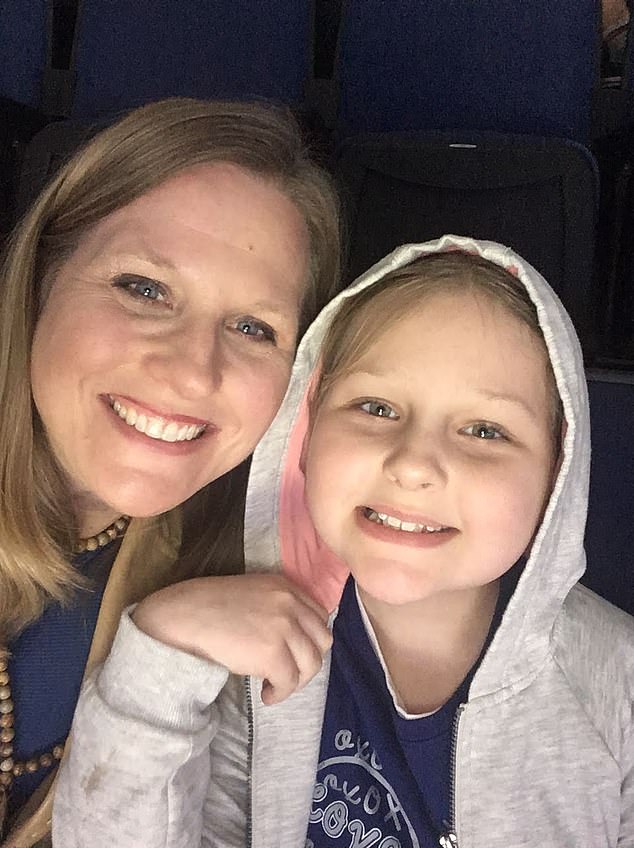

Laura Bray, Abby’s mother, said she was afraid her son would die if he missed a treatment session.
Abby Bray, 14, was diagnosed with leukemia as a child. Her prognosis was good until the hospital ran out of the medications that were keeping her alive.
Abby’s mother, Laura, from Florida, was surprised when one afternoon during Abby’s treatment, the oncologist suggested she take her daughter home and “wait for the medication to become available again.”
“But I was afraid that if I missed a session, the cancer might come back,” Laura told DailyMail.com.
The medication her daughter was denied due to shortages was the second in a series of medications, as she was allergic to the first. The next drug of choice, called Erwinaze, was also on the national drug shortage list and had been for years.
The family feared that would mean missing out on medication entirely and, ultimately, their daughter’s survival.
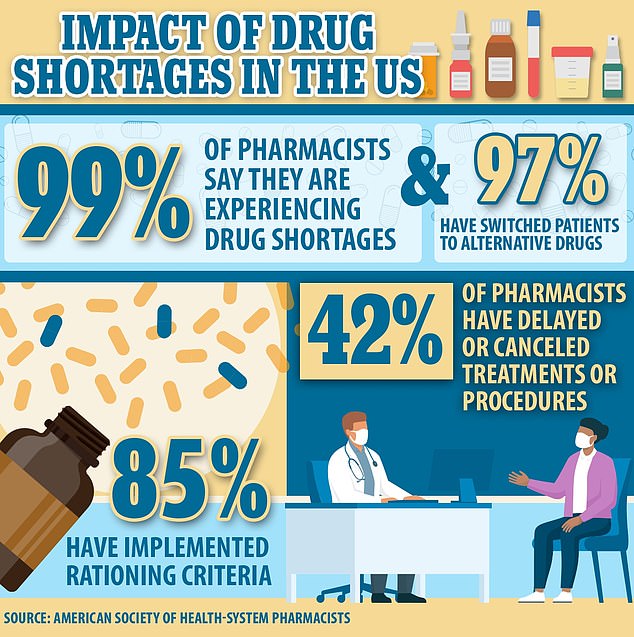

The American Society of Health-System Pharmacists surveyed more than 1,000 pharmacists and 99 percent said they had difficulty stocking enough medications they needed.
Mrs Bray said: “We found the medication and she was back on protocol, but I had a lot of questions.”
‘I knew we had faced an injustice. I knew it was a market failure. He knew that not only the supply chain, but all stakeholders, including the government, had accepted that failure as an acceptable loss.”
Also in Florida, Stephanie Scanlon, 56, told the New York Times that two of the three drugs used to treat his rare bone cancer were in short supply and that he would have to do without them.
He tried for months to get the drugs as the cancer spread from his wrist to his spine, culminating in doctors having to amputate his left hand.
And in North Carolina, Toni Dezomits, 55, a Persian Gulf War veteran and stage 4 ovarian cancer patient, was told just a day before her third round of chemotherapy that one of the drugs she needed was not available due to shortage.
He had to choose between going without the medication or switching to one with more debilitating side effects, “two suboptimal options,” he told the newspaper. bbc.
She said: “I’m worried, because I know the medication I’m not receiving is the one my cancer responded very well to.” [the first time].’
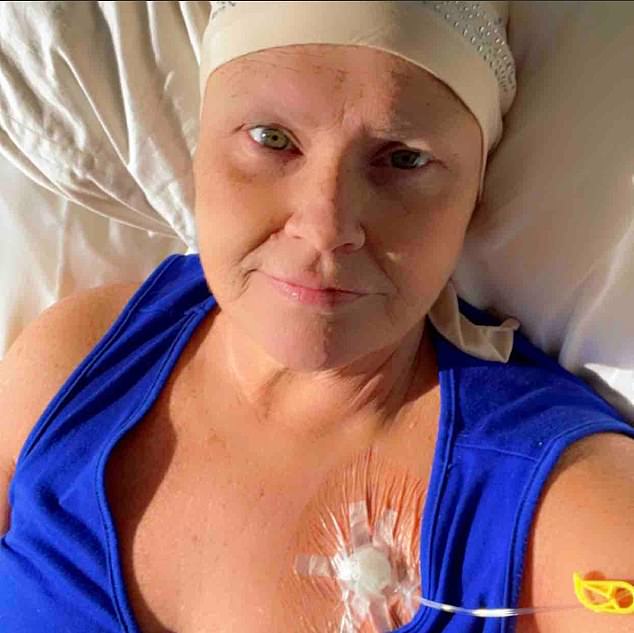

Stephanie Scanlan, 56, struggled for months to find the cancer drugs needed to treat her rare bone cancer that had spread to her spine. The Florida native had to have her hand amputated at the wrist (Photo courtesy of GoFundMe)
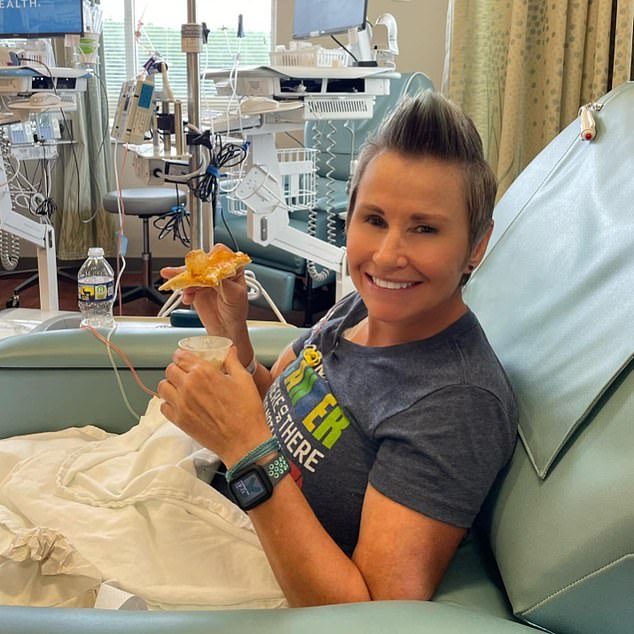

Toni Dezomits, a 55-year-old veteran, had to choose between an alternative cancer drug with worse side effects or no medication for her recurring ovarian cancer.
Counterintuitively, economists argue that the shortage is partly because generic drug prices are already too low.
Brand-name versions of medications are often much more expensive, increasing demand for cheaper generic alternatives that work just as well.
The manufacturers of these cheaper generic drugs are competing with other manufacturers to enter into distribution contracts with hospitals and pharmacies.
This competition creates downward pressure on prices, which affects the profitability of manufacturers.
Michael Ganio, Senior Director of ASHP, saying: ‘It has been a race to the bottom. “We need more transparency around quality so buyers have a reason not to chase the lowest price.”
When manufacturers have low profits, they cannot invest in quality control, drug development and manufacturing capabilities to meet demand.
David Gaugh, interim president and CEO of the Association for Affordable Medicines, said axios: ‘Most generic drug shortages cannot be addressed without raising prices.’
The global unrest caused by the Covid pandemic has also affected the supply of medicines.
In many cases, factories that previously made medicines had to quickly shift to producing masks and other protective equipment for hospital staff and Paxlovid to treat Covid patients.
The Biden administration issued a plan to combat the current shortage last week, which included pressure on Congress to pass a law to reward hospitals for buying from multiple manufacturers, not just one or two.
Last year, President Biden invoked the Cold War-era Defense Production Act, which requires private American manufacturers to channel their resources into materials deemed necessary for national defense; in this case, essential medicines.
He and his predecessor had previously invoked the Defense Production Act during the pandemic to force American companies to shift their resources to manufacturing ventilators and protective equipment.
